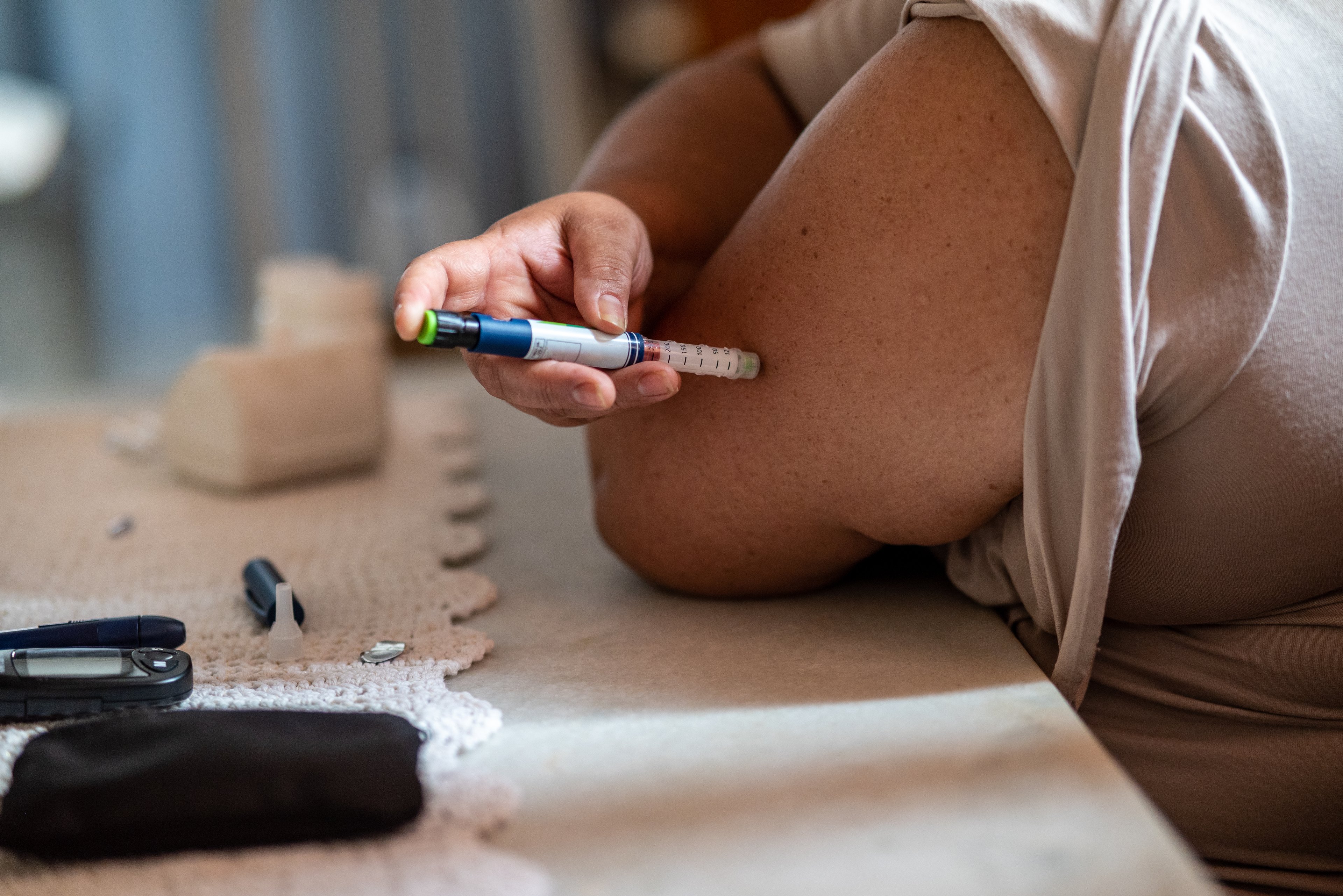Creating medicine that works better can provide massive revenue tailwinds to drugmakers, but high clinical trial failure rates and limited product life spans due to patent expiration force fierce competition among companies.
In this clip from The Motley Fool's Industry Focus: Healthcare, host Kristine Harjes is joined by Motley Fool contributor Todd Campbell to discuss how companies like Gilead Sciences (GILD 1.23%) think about efficacy when figuring out their strategy.
A full transcript follows the video.
This video was recorded on March 7, 2018.
Kristine Harjes: The very first factor to dig into is a no-brainer. This one is efficacy. How well does the drug work?
Todd Campbell: Right. Can we build a better mousetrap than whatever the standard of care currently is for that indication? Can we reshape or revolutionize that indication so that we capture all of the money that's potentially up for grabs? Kristine, just in going through and thinking about how to discuss this with our listeners, I think you'll probably agree that the best example of efficacy and disruption in recent memory is Gilead Sciences and what it did in hepatitis C.
Harjes: Absolutely. When Gilead won approval for its hepatitis C drug Sovaldi in 2014, that was a complete game-changer. Previously, patients were looking at drugs that were just not very good at all. They were mostly effective, and they were a pain. But Gilead came out with Sovaldi, and it totally changed the game, with cure rates of upward of 90%. With that, it ate everybody's lunch. There were no other reasonable competitors at that point.
Campbell: Right, you had these old-style treatments for decades that included Ribavirin and Peginterferon. I think the functional cure rates of taking those over the course of very long treatment periods was only 50%, it was like a coin flip. Then, in 2011, Vertex got approved a drug called Incivek, which at the time was game-changing. But even then, the functional cure rate was only about 80%. So, when Gilead Sciences came out with Sovaldi, and later in the year Harvoni in 2014, and was able to increase those functional cure rates above 90%, it was game-changing.
I think, you look at this and you think back, how Gilead Sciences got to that point. Think about all of the people who were up in arms about how much money Gilead Sciences paid to get its hands on the drug that would eventually become Sovaldi. A lot of people were scratching their heads about that. Again, they did the numbers and they were looking at this saying, "If we can do this and we can come up with a functional cure rate efficacy that's really so much better than anything that's currently out there, well, then it could be a huge drug." And sure enough, these were huge drugs.
Harjes: Yeah. This drug ended up making Gilead Sciences so much money. It basically changed what the story behind Gilead Sciences was. This went from a company that was really just about HIV and added an entire blockbuster franchise.
Campbell: Yeah. At one point, I think they were close to doing $20 billion in annualized sales just from hepatitis C. That's pretty remarkable. It goes to show that, front and center on the minds of anyone involved in this business isn't just the idea of making money, but it's also this whole idea of, if we can disrupt by creating something that really, really works well, this much better drug that will, by the nature of it, end up being successful on its own.
Harjes: Gilead Sciences in hepatitis C is a pretty obvious example. But it's worth pointing out that there's a little bit of nuance here. For example, you see pretty frequently two different drugs competing in the same market, and one will claim that in its trials, it had, say, a 90% cure rate, vs. the other one only had 80%. Unless you actually have a head-to-head trial, it can sometimes be hard to tell whether the one drug actually is better. That all comes down to trial design. Do you want to dive into that a little bit?
Campbell: Yeah. I'm so happy that you brought that up. I think it's important to remember. Obviously, we have different hurdles of efficacy to clear that we can actually categorize, how good is this drug, really? If you're comparing it to the easiest hurdle, which is a placebo, so, I'm doing nothing vs. taking this drug, well, that tells me something, but it doesn't necessarily tell me that this option is better than, say, the current standard of care. Unless, of course, you do a study that actually compares the two of them head to head, we don't know that.
The other thing, too, that I think investors have to remember is, you can demonstrate efficacy in multiple ways. We've talked about this on the show before with surrogate endpoints vs. the actual overall survival. So, using, say, response rate vs. overall survival, or progression-free survival. I'm talking mostly about cancer drugs here, but you could also look at it in autoimmune disease and say, what's the hurdle that we're actually trying to achieve to show that our Phase III trial pans out? I think investors have to be cognizant of that.






